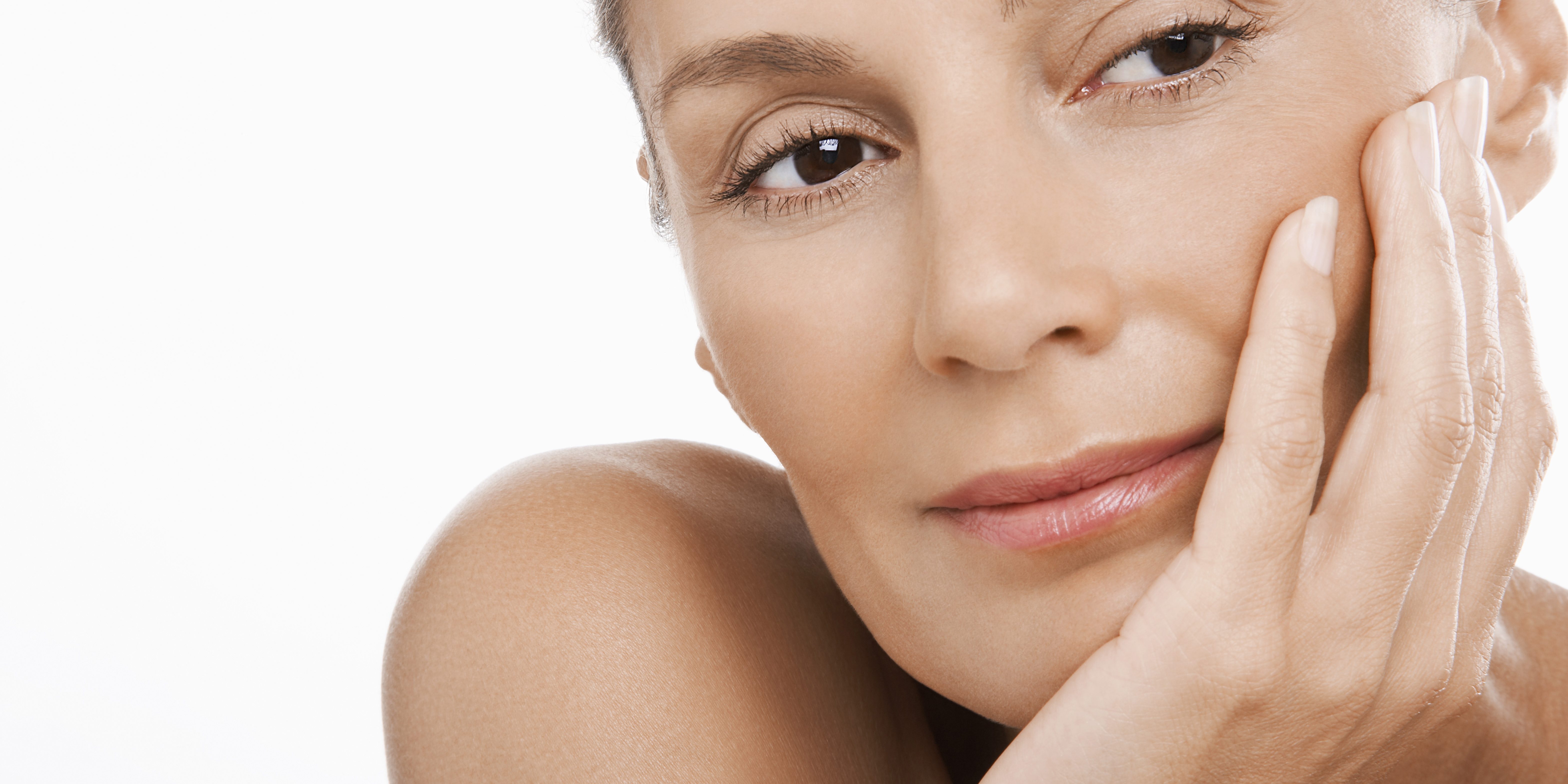Why Do I Look So Tired, and Can Botox Help?
People often assume that botox is the cure for all wrinkles. That’s no surprise, seeing how over 7 million injections were performed last year in the United States, according to the American Society of Plastic Surgeons. The complex interplay of anatomy and age-related changes in the face can make people appear tired or even angry when they are not. This is an issue I get asked about all the time in the office and in social settings.
Whether a colleague asks you if you’re tired before a very public presentation, or the question comes from a well-meaning family member, it is equally unpleasant. It can undermine our confidence, catch us off guard and leave us uneasy.
What about my face makes me look tired?
Just as gravity has been working on all our other parts, from breasts to our belly – gravity has been hard at work on our face, too. The sun also plays a critical role. Increased sun exposure, especially in our early years, results in the appearance of fine lines and wrinkles. As we mature (I prefer the term “mature” to aging, don’t you?), the subtle depots of fat become deflated. The youthful fullness of our cheeks slide down. This creates jowls disrupting our previously sharp jawline.
Underlying medical conditions can cause and aggravate the entire situation, too. For example, some people have wrinkles because their brows and eyelids hang low and cause ptosis. They have to actively raise their eyebrows just to see what’s right in front of them. Botox would make this worse by limiting their ability to raise their brows. I would discuss browlift and possible blepharoplasty to address the root cause of the wrinkles in this case.
How do I know if botox is the answer?
That is a great question, and depends so much on you and your face. Every single person is unique in their particular combination of sun exposure, deflation of facial fat and of course, their genetics.
As a board-certified plastic surgeon, I have a trained eye to tease out what conditions can be treated safely and nonsurgically with botox or filler. There are times that botox simply will not do the trick, and it can even make matters worse, as I described above. This is why it is critical that you check the background of the doctor who is treating you. Make sure your doctor is qualified to help you put your best face forward, and that they are comfortable with different modalities (botox, filler and surgery). This is definitely not a situation for a one-size-fits-all approach here.
When we meet, do not be surprised if we discuss more areas on your face than you planned. We must keep your entire face balanced, in facial harmony. Your brows, eyelids, cheeks, lips and chin should be consistent in appearance. The goal is to re-create your natural look.
What do we discuss during a botox consultation?
First, we discuss modalities to treat problematic areas in each aspect of the face. We also examine you to diagnose and treat any underlying medical conditions. In some parts of the face, nonsurgical treatments like botox and filler are sufficient. In other situations, plastic surgery procedures such as browlift, blepharoplasty or facelift may be recommended. During the consultation, we tailor recommendations to your specific needs.
Restoring your facial balance can help you put your best face forward, in every setting.






